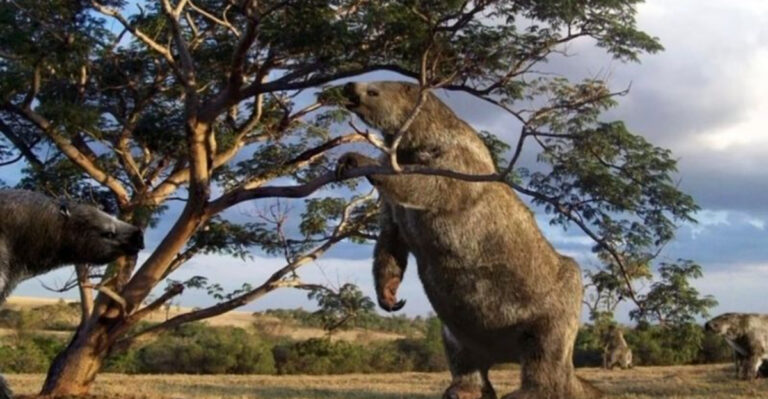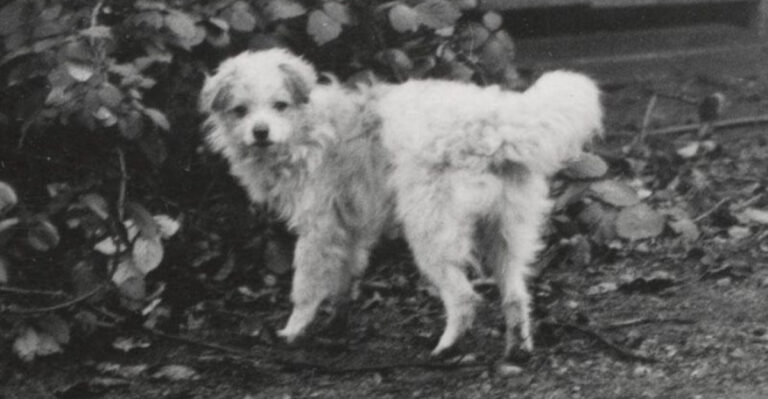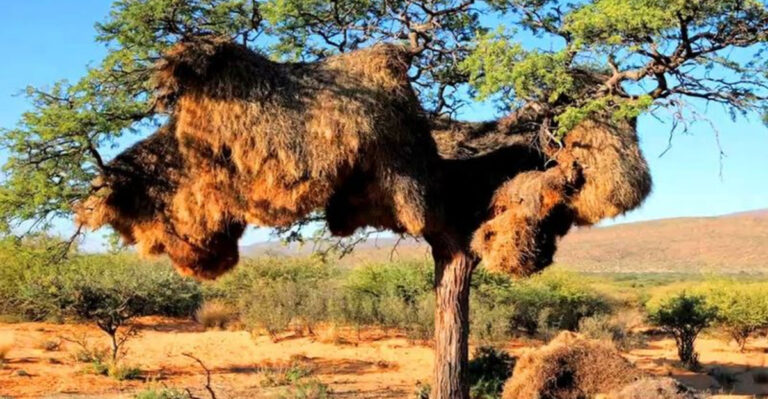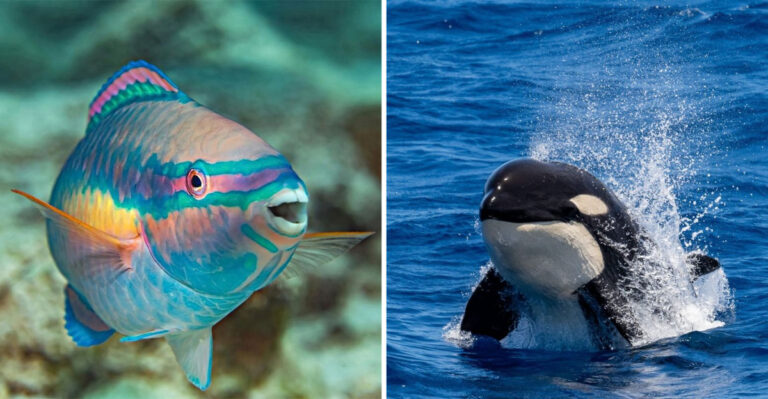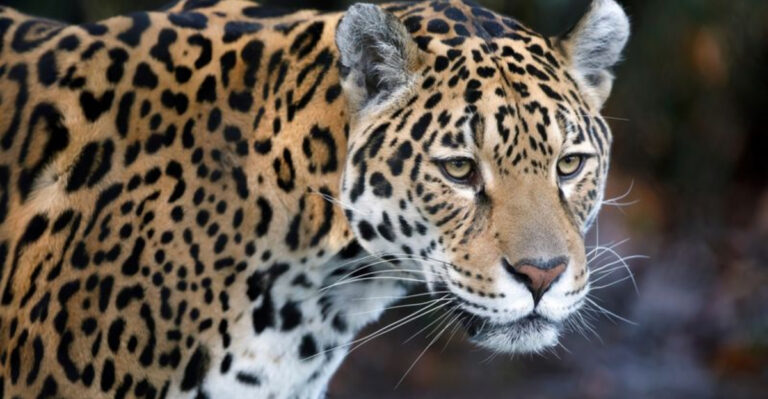10 Wild Animals That Are Adapting In Ways That Could Be Dangerous For Humans
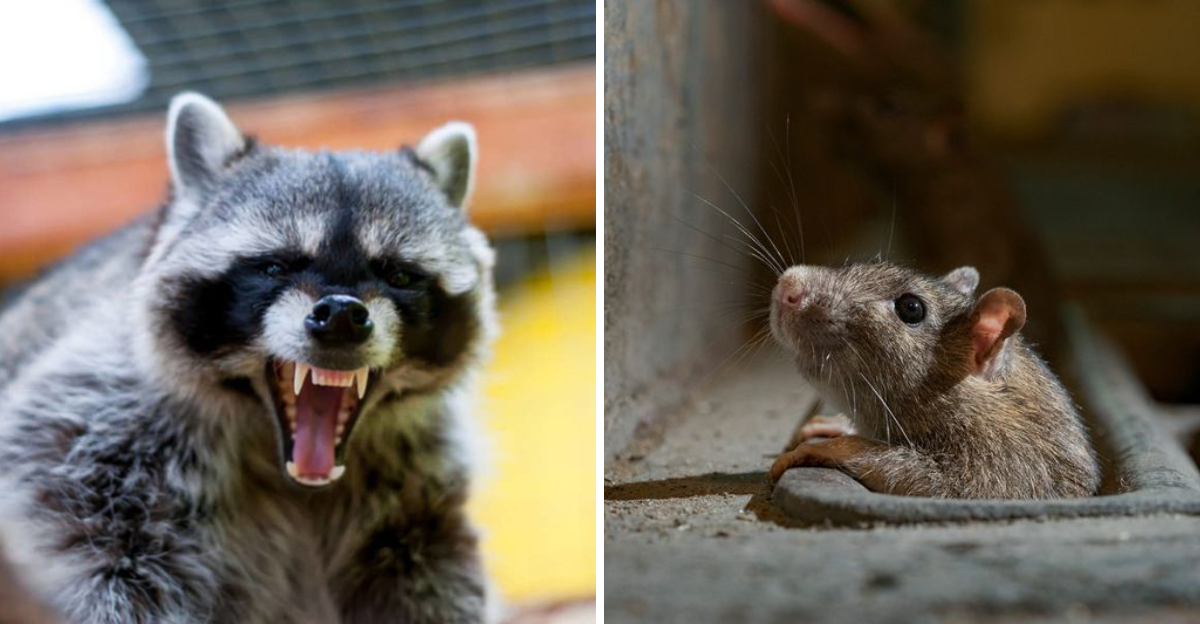
The natural world is in constant flux, and as humans continue to alter ecosystems around the globe, wildlife has started to adapt in unexpected ways. While adaptation is a testament to the resilience and ingenuity of nature, certain changes in animal behavior and physiology might pose new risks to humans.
This article explores ten wild animals that have been observed adapting in ways that could potentially be dangerous to us. From urban environments to isolated wilderness, these creatures are demonstrating remarkable adaptability that commands our attention.
1. Urban Coyotes
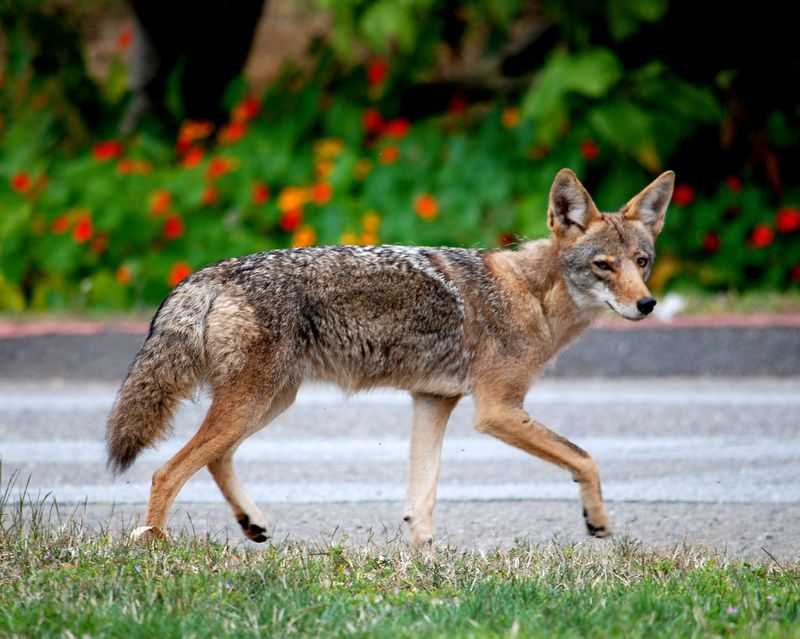
Coyotes are increasingly becoming a common sight in urban landscapes. Once restricted to rural and woodland areas, these opportunistic animals have been adapting to city life. They are learning to navigate traffic, forage through garbage, and even prey on domestic pets.
In residential areas, they have been spotted prowling streets at night, capitalizing on the easy availability of food. Their boldness around humans is growing, raising safety concerns.
Encounters can turn threatening, especially during breeding season when coyotes become fiercely protective. People have reported aggressive behaviors when accidentally coming too close to their dens.
It’s crucial for urban dwellers to secure trash bins and keep pets indoors during the night to minimize conflicts. While they play a vital ecological role, their adaptation to city life requires careful management to ensure coexistence without risk.
2. Venomous Snakes
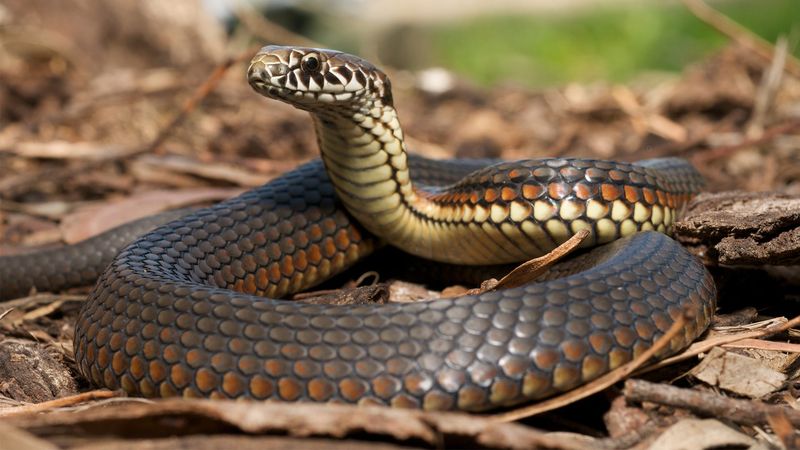
Venomous snakes are showing a remarkable ability to thrive in areas populated by humans. As urban sprawl encroaches into their natural habitats, these reptiles are not retreating but instead adapting to suburban environments. They find shelter in gardens, parks, and even buildings.
This shift increases the likelihood of human-snake encounters, some of which can be dangerous. Their presence in close proximity to people means that bites are more frequent, often resulting from accidental interactions. Awareness and education are key to managing these interactions safely.
People should learn to identify local snake species and understand their behaviors. Simple precautions like wearing boots in tall grass and being cautious when gardening can help reduce risks. Respecting these animals and giving them space is crucial for ensuring safety.
3. Aggressive Raccoons
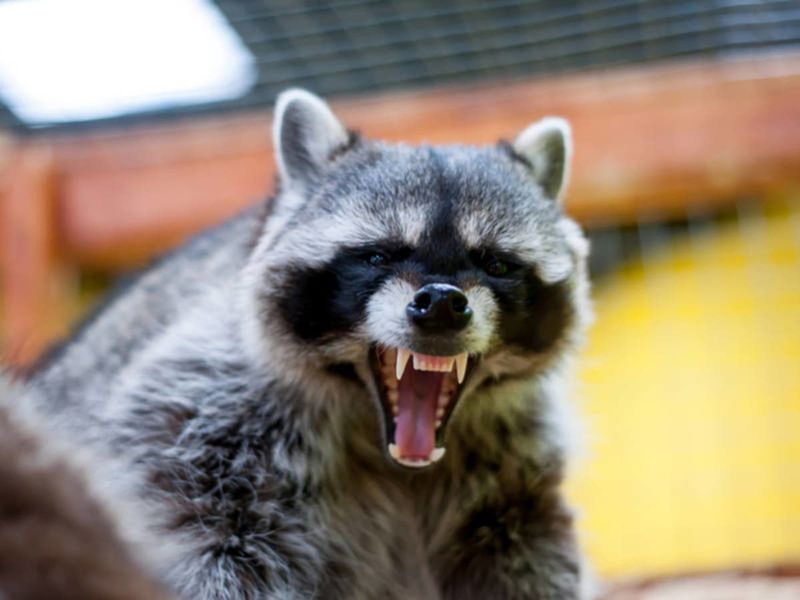
Raccoons, notorious for their intelligence and dexterity, are becoming more aggressive as they adapt to living closer to humans. Opportunistic by nature, they are well-adapted to forage through trash and exploit food left out by humans, often leading to nighttime raids in residential areas.
Their increasing aggression is partly due to competition for food and habitat, amplifying the potential for conflict with humans. Reports of raccoons entering homes through pet doors or open windows are rising.
To mitigate these encounters, securing trash bins and eliminating outdoor food sources is essential. Additionally, using deterrents like motion-activated lights can help keep raccoons at bay. As they continue to adapt to urban life, understanding their behavior is vital for peaceful coexistence.
4. Bold Bears
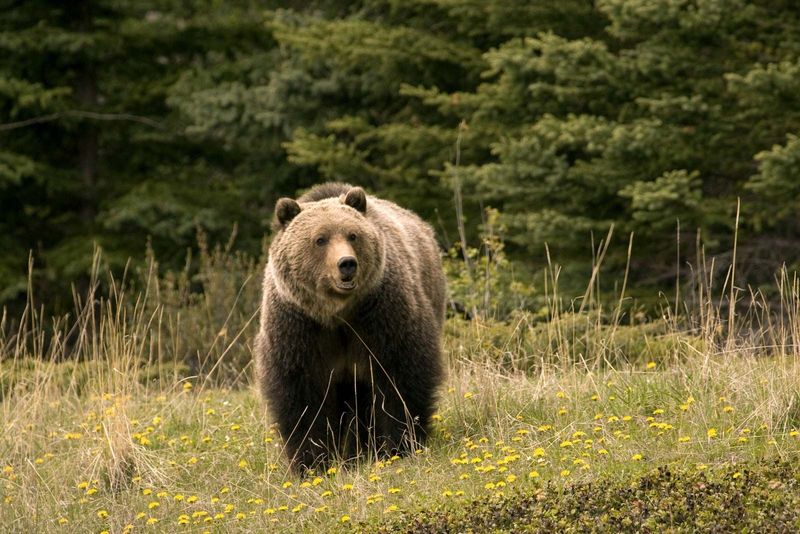
Bears are exhibiting increasingly bold behaviors as they adapt to human presence in their natural habitats. As humans encroach further into bear territory, these animals are learning to associate human settlements with food.
They have been observed breaking into cars, cabins, and tents in search of easy meals. This new boldness poses safety concerns for campers and hikers. Bears are powerful and unpredictable, and close encounters can be perilous.
As they become more accustomed to human food, their natural foraging behaviors are altered, making them more reliant and less fearful. Preventative measures include using bear-proof containers, cleaning up food scraps, and maintaining a safe distance.
Education about bear behavior and respecting their space is essential to reduce dangerous encounters. Properly managing human-bear interactions is crucial for safety.
5. Adaptive Birds
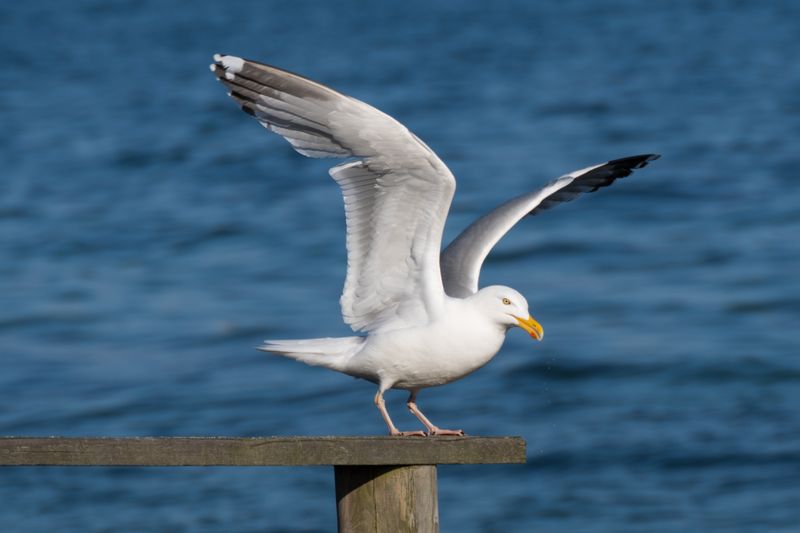
Birds are demonstrating exceptional adaptability by altering their feeding and nesting habits in response to urban environments. Seagulls, pigeons, and other species have learned to thrive in cities, capitalizing on the abundance of food scraps and nesting sites.
While their presence can add charm to cityscapes, problems arise when these birds become nuisances. They often exhibit aggressive behaviors when foraging, especially in crowded areas where food is present. This aggression can cause distress to people, and in some cases, lead to injuries.
Managing these interactions involves public awareness and responsible waste management. Encouraging people not to feed birds and ensuring food waste is properly disposed of can help reduce negative encounters. Supporting natural bird habitats can also help balance their presence in urban areas.
6. Invasive Wild Boars
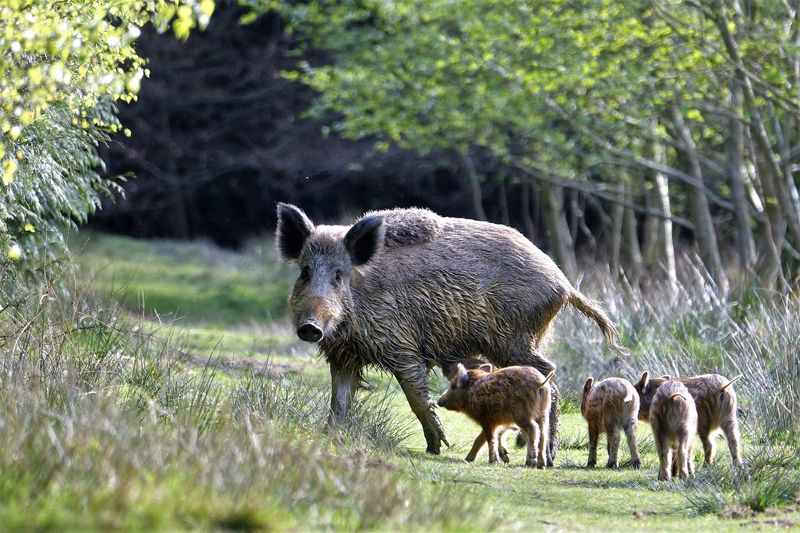
Wild boars are expanding their habitats into suburban areas, creating new challenges for human populations. Known for their strength and destructive foraging habits, these animals can cause significant damage to landscapes and agriculture.
Their adaptability to new environments makes them a formidable presence in suburbs, where they root through gardens and lawns. This behavior can lead to conflicts with residents, particularly when they wander onto roads, posing risks to traffic.
Efforts to manage their presence include reinforced fencing and community-driven initiatives to monitor and control populations.
Understanding their ecology and behaviors is crucial for developing effective management strategies. As they continue to adapt to human environments, proactive measures are needed to ensure safety and reduce damage.
7. Resilient Rodents
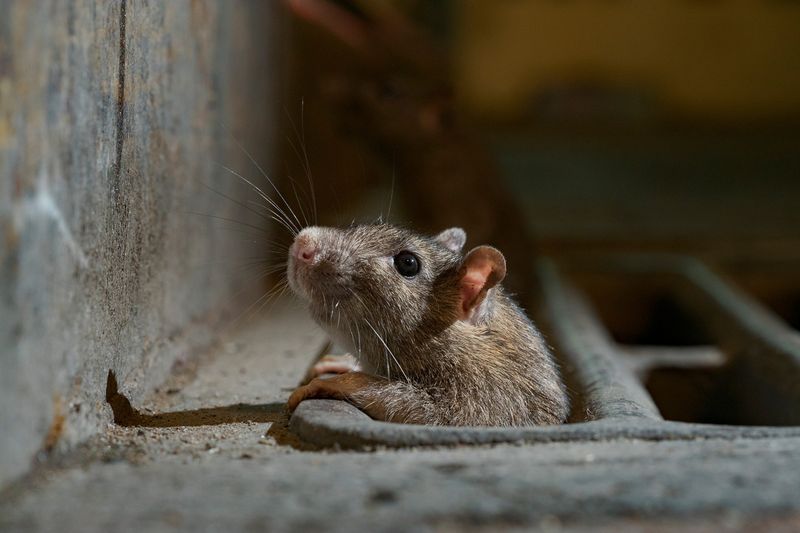
Rodents like rats and mice have long been synonymous with urban environments, showing an extraordinary ability to adapt alongside humans. With increasing urbanization, these creatures continue to thrive, often becoming more resilient and bold.
Their adaptability is evident in their breeding rates and ability to exploit human waste for sustenance. This can lead to infestations, which pose significant health risks through the spread of diseases.
As their populations rise, so do interactions with humans, raising concerns about public health and safety. Controlling rodent populations involves effective waste management and preventive building maintenance to seal entry points.
Public awareness of the potential health risks associated with rodents is crucial for managing their presence. Collaborative efforts are needed to mitigate the challenges posed by these adaptive animals.
8. Predatory Sharks
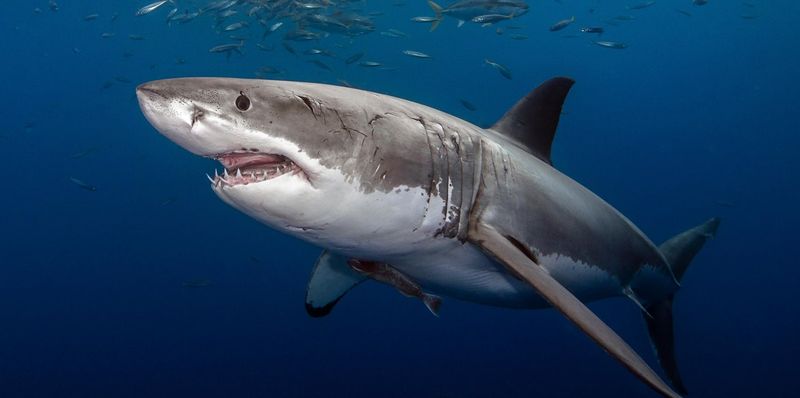
Sharks, long considered apex predators, are adapting to changing ocean environments, occasionally leading them closer to populated coastlines. Factors such as overfishing and climate change are altering their traditional habitats, pushing them into new territories.
This shift can increase the frequency of shark encounters with humans, particularly in areas where they search for food. While attacks are rare, the presence of sharks near beaches can cause alarm and disrupt recreational activities.
Efforts to mitigate risks include monitoring shark movements and promoting shark-safe practices for swimmers and surfers.
Public education on shark behavior and maintaining a safe distance from these predators can help reduce fear and foster coexistence. Understanding the reasons behind their movements is essential for managing interactions safely.
9. Intelligent Octopuses
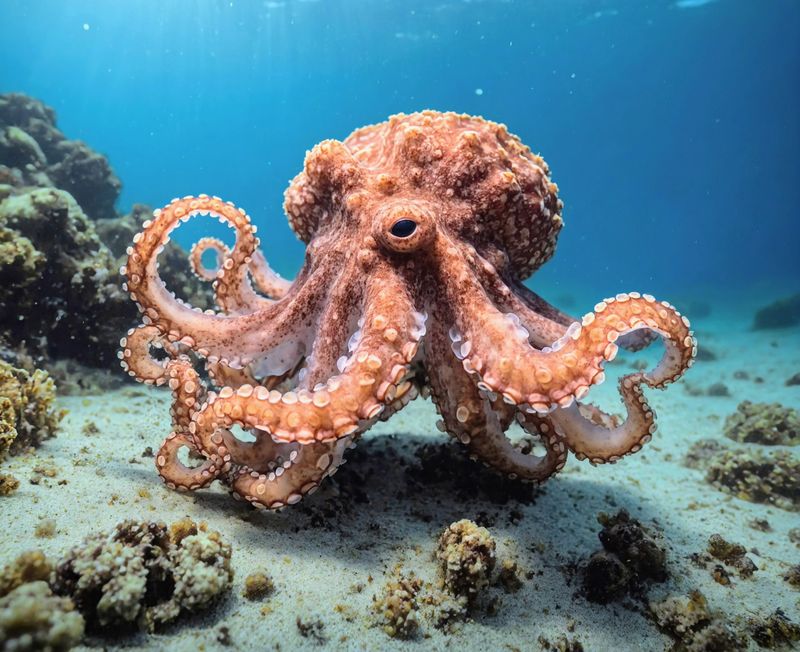
Octopuses are displaying remarkable intelligence and adaptability in response to human activities in marine environments. Known for their problem-solving abilities, these creatures are increasingly spotted in coastal areas impacted by pollution and overfishing.
Their interactions with human debris, such as plastic, demonstrate their uncanny ability to manipulate objects in their environment. While this behavior is fascinating, it highlights the broader issue of marine pollution and its impact on wildlife.
Raising awareness about marine conservation and reducing plastic waste are crucial steps in protecting octopus habitats.
Supporting initiatives that focus on ocean health can help preserve these intelligent creatures. As they adapt to changing seas, understanding their role in marine ecosystems is vital for conservation efforts.
10. Aggressive Monkeys
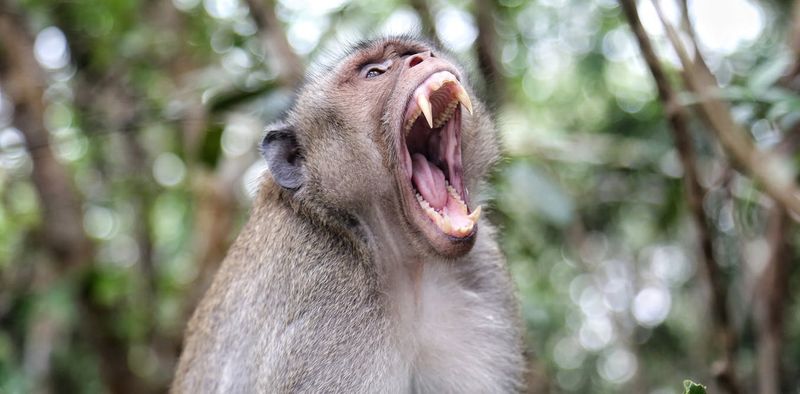
Monkeys in certain regions are adapting to human presence in ways that are causing concern. In parts of Asia and Africa, these primates are becoming bolder and more aggressive, often raiding farms and markets for food.
Their interactions with people can lead to conflicts, especially when they snatch food or damage property. The aggression is partly fueled by competition for resources and shrinking habitats, prompting these animals to seek sustenance in human-dominated areas.
Managing these interactions requires community efforts to secure food sources and educate the public about monkey behavior. Creating buffer zones between urban areas and wild habitats can help reduce encounters.
As their behavior evolves, understanding the underlying causes of their aggression is essential for developing peaceful coexistence strategies.


